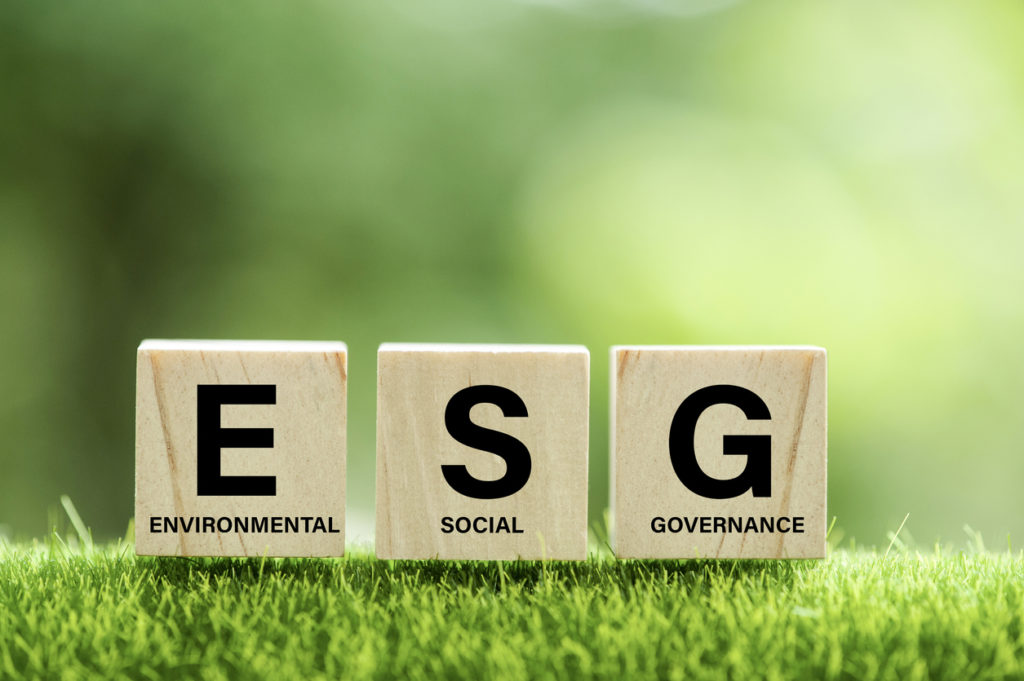The Evolution of ESG: From Niche to Mainstream
February 1, 2022

At a glance
- ESG coming of age: ESG investing has grown rapidly over the past decade with no signs of slowing down. With investors demanding more transparency in corporate “good,” how do you make the right investments?
- Invest with confidence: In a three-part series, we will explore the case for ESG investing and how to determine which investments, in the long run, are actually “good” vs “bad.”
- Discover the value of ESG: Whether you are a business or an investor, Aprio’s ESG advisors can guide you on a sustainable journey.
Are you ready to build your social balance sheet? Contact our team for a free consultation.
The full story:
The world is changing and as a result environmental, social and governance (ESG) investing has evolved from niche markets to mainstream investments. Initially, ESG investing focused on negative screening to eliminate certain industries for clients with very specific mandates. Over time ESG attracted attention of capital allocators because they could provide an impact without sacrificing performance. Investors identified higher potential returns and companies soon caught on that if they were on top of their ESG initiatives, they could outperform peers and increase shareholder value.
Fast forward to 2022, and ESG is a priority in the boardroom. There is an entire new generation of investors who actively engage companies and demand they meet specific ESG standards, leading to increased transparency, better risk management and better investments.
ESG has become a way investors evaluate a company’s positioning with stakeholders allowing them to avoid potential risk. With ESG continuing to grow in popularity, it should be straightforward for investors to analyze a company’s sustainability reports and make informed decisions. However, there is no standard reporting method.
For example, a company can report environmentally responsible suppliers and receive a positive “E” ranking, while at the same time, having poor relations with its employees and communities, which should earn a poor “S” ranking, which raises the question, “Is this a good or bad ESG company?” This lack of transparency can leave a major flaw in how companies are ranked. Some industry bodies have tried to embed structure around ESG reporting, yet the lack of consistency makes it a subjective process. Two independent ESG ranking organizations can look at the same company and draw opposite conclusions.
To avoid misleading ESG rankings, accounting standards-setting organizations, such as the Value Reporting Foundation (formerly known as SASB – the Sustainability Accounting Standards Board) have developed metrics based upon industry materiality that are transparent in how they analyze a company’s performance. Most importantly, you don’t have to go at it alone. Instead of instinctively trusting an agency’s ranking, get insight from industry professionals to comb through the validity of the rankings.
The bottom line
Integrating ESG initiatives into your organizations makes good business sense and leads to more sustainable outcomes and better results for society. However, the lack of standardization with ESG reporting increases complexity when it comes to investing. No matter where you land on the ESG scale, Aprio’s team can guide you on your sustainable journey and take your investing to the next level.
Stay tuned for the second part of our series on the case for ESG investing where we will discuss top ESG benefits for investors and business owners.
Are you ready to build your social balance sheet? Schedule a free consultation with us today!
Stay informed with Aprio.
Get industry news and leading insights delivered straight to your inbox.

